Unlocking the Centuries-Old Secrets of Letterlocking
Through the ages, humans have done their best to keep their correspondence sealed and private until it was read by the intended reader: and their eyes only.
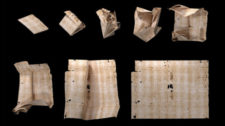
Through the ages, humans have done their best to keep their correspondence sealed and private until it was read by the intended reader: and their eyes only.
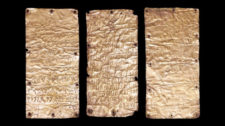
MIT Professor Regina Barzilay and MIT PhD student Jiaming Luo recently made a major development in the study of the linguistics of lost languages. They have developed a new system that has been shown to be able to automatically decipher a lost language, without needing advanced knowledge of its relation to other languages.
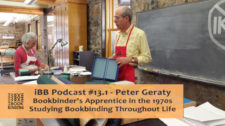
Peter has been making books since the 1970s. He's a bookbinding teacher and owner of a bookbinding shop not far from Boston, Massachusetts. Meet Peter Geraty, head of Praxis Bindery and Director of Integrated Studies at the American Academy of Bookbinding in Telluride, Colorado.
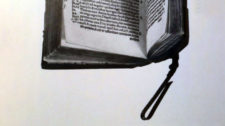
This post is heavily influenced by an article by Christian Alschner published in 1984. He starts the article by recounting the reasons for the scarcity of the original girdle books as the overhanging leather was often removed by librarians.
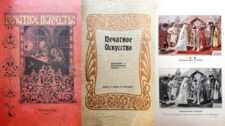
This vintage Russian magazine about printing was published for only two years, but it already gave me a lot of insights into the epoch — this time we share the first volume that was published in November 1901.
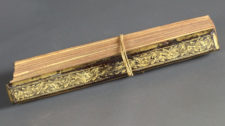
All around the world, invaluable cultural resources are threatened by political conflict, environmental challenges, and instability. In Sri Lanka, grassroots efforts offer two important models of preservation of knowledge, wisdom, and skills.
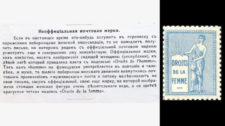
I've been browsing through a collection of more than a century old Russian magazines Printing Art. I found some interesting statistics concerning the book industry of the early 20th century in Russia. And this curiosity as well.
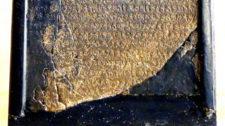
One of the concerns was why would Mesha call the enemy by this term “House of David” when he could simply refer to the proper noun Omri, King of Israel?
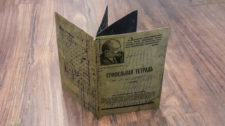
Recently my Facebook feed brought to me something I didn’t know about Soviet school writing materials. It appears there were slate exercise-books used in 1930s and 1940s (maybe earlier). Continue reading →
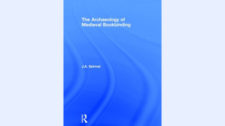
If want to buy only one book on the practical history of the Medieval bookbinding, that has to be The Archaeology of Medieval Bookbinding by Janos Alexander Szirmai. And here is the good news: book was just reprinted by the Routledge academic publishing house. What’s even better, this time you can choose from hardcover, paperback or digital edition of the book! Continue reading →
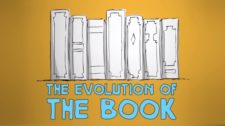
There are some historical discrepancies in the video, still I like the approach very much =) Continue reading →

I’m preparing for a new workshop now and need to find some early examples of use of codices by the Jewish community. Look like the oldest surviving examples are from the Cairo Genizah. I understand there are some mentions of earlier (not surviving) codices. Am I right? Continue reading →
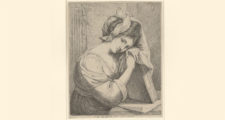
An exhibition devoted to female printmakers is open now at the Stephen A. Schwarzman Building of the New York Public Library. Continue reading →
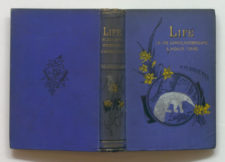
It took 15 years to gather Kathleen V. Roberts Collection of Decorated Publishers’ Bindings. Its hallmark being that books were chosen for their covers and arranged by decades. That way of organization gives a unique chance to see how the historical events affected book decoration and book production in general. It truly makes books a subject of an interdisciplinary study of art, history, design and commerce. Continue reading →
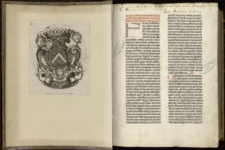
On this day, 24th of August, 1456, Johannes Gutenberg finished making the first book in Europe using movable type. Quires were printed in 1455 (or even before). There is a letter by Enea Silvio Bartolomeo Piccolomini (future pope Pie II) dated 12 March 1455, that suggests that pages were already printed. Continue reading →